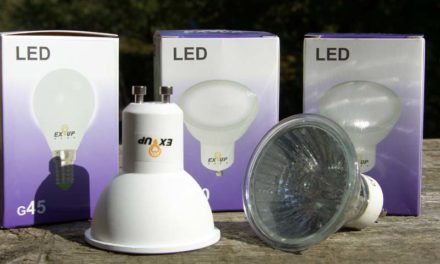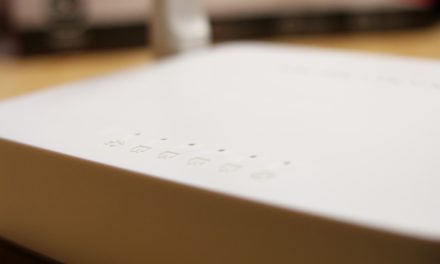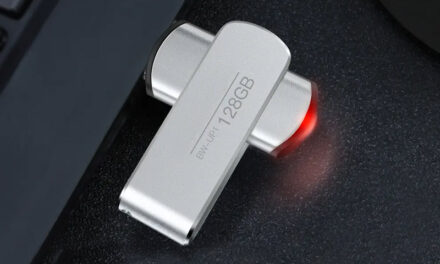
Introducing: LEPA G900, power supply for big cats
Immediately after disassembly, we get proof of attachment to Enermax, as the word Enermax on the fan winkes at us. The EA142512H-OAB is 12 volts 0,45 amps. The speed is controlled by the electronics in the power supply. The fan bearing is Enermax’s patented Twister Bearing technology, which covers a magnetically floating paddle solution. This results in lower noise, less friction and increased service life, which in this case can reach up to 100 hours.


Searching for the type of fan on the net, we can come across the second and revealing fact about Enermax binding, and that is nothing more than that the search engine throws out the Enermax MODU87 + tests. At pureowerlock.com we also see pictures of the inside of the MODU87, from which we can safely say that the LEPA G900 is actually the same as the MODU87 + 900W, at least in terms of PCB and design.

However, we find some, but essentially negligible, differences in the components. On the input side, for example, we find Matsushita conduits (400 V, 330 µF) certified for 85 ° C, while in that article there were 450-volt Rubicon units.


The interior shows a very orderly picture at first glance. The design is traditional, meaning it does not follow the innovation introduced at Maxrevo, where the secondary side faces the back panel, the modular connectors. Despite the many components and circuit boards, the interior is airy, allowing the fan to ventilate the components well. The ribs don’t look particularly large, but we already know that the LEPA G900 has good efficiency, so you probably won’t even overheat.
The solders on the PCBs are flawless everywhere, the implantation of the parts is fine, so we can't complain about the quality in connection with the assembly.


We need to start the internal test at the socket of the power cord, where we find the EMI filter. The purpose of the filter is to reduce electrical interference. The small PCB is connected to the enclosure by a short grounding cable. The design of the EMI filter has no surprises, it consists of the usual X and Y type capacitors and choke coils. The high impedance branch conducts the energy of unwanted signals through ground.


On the primary side we find the Matsushita condoms already mentioned above, next to the PFC coil, and also the rectifier bridge.
Even with MODU power supplies, the Dinamic Hybrid Transformer topology, which is nothing more than a multi-transformer system, has been mentioned a lot. With its help, better efficiency and more stable output voltages have been achieved even under extreme loads.


As already mentioned, the structure is quite airy, so the centrally located transformers get extremely good cooling. The transformers are followed by the secondary side. First, the MOSFETs of the 12-volt branches can be seen screwed onto a common heat sink, and behind this rib we can discover the reason for the airy arrangement, this is the modular design. The power supply is lined with vertically arranged circuit boards to save space on the motherboard.


The first two circuit boards carry the PWM circuit responsible for the 5 and 3,3 volt outputs. The structure of the plates directly connected to the 12-volt branches is the same, with the filtering containing the coil and the four metal-cap capacitors found in the PWM control circuits. The advantage of PWM control over traditional solutions is the stable output voltage and higher efficiency, among other things, thanks to this solution the superiority of the 80+ rating.


There is an additional element in front of the PWM cards. This circuit and the PS232S chip used to operate it are responsible for operating the fan, controlling its speed, controlling the operating temperatures and, according to a solution called HeatGuard technology, operating the fan even after the machine has been switched off to remove residual heat from the power supply.


If we can tear our eyes off the circuit boards, we will immediately notice two more strange formations. These cards, set perpendicular to the base plate, carry the capacitors on the secondary side, 4-4 per card. These are already Nippon Chemi-Con (16 V, 2200 µF) and solid electrolyte Enelsol (16 V, 470 µF).

















